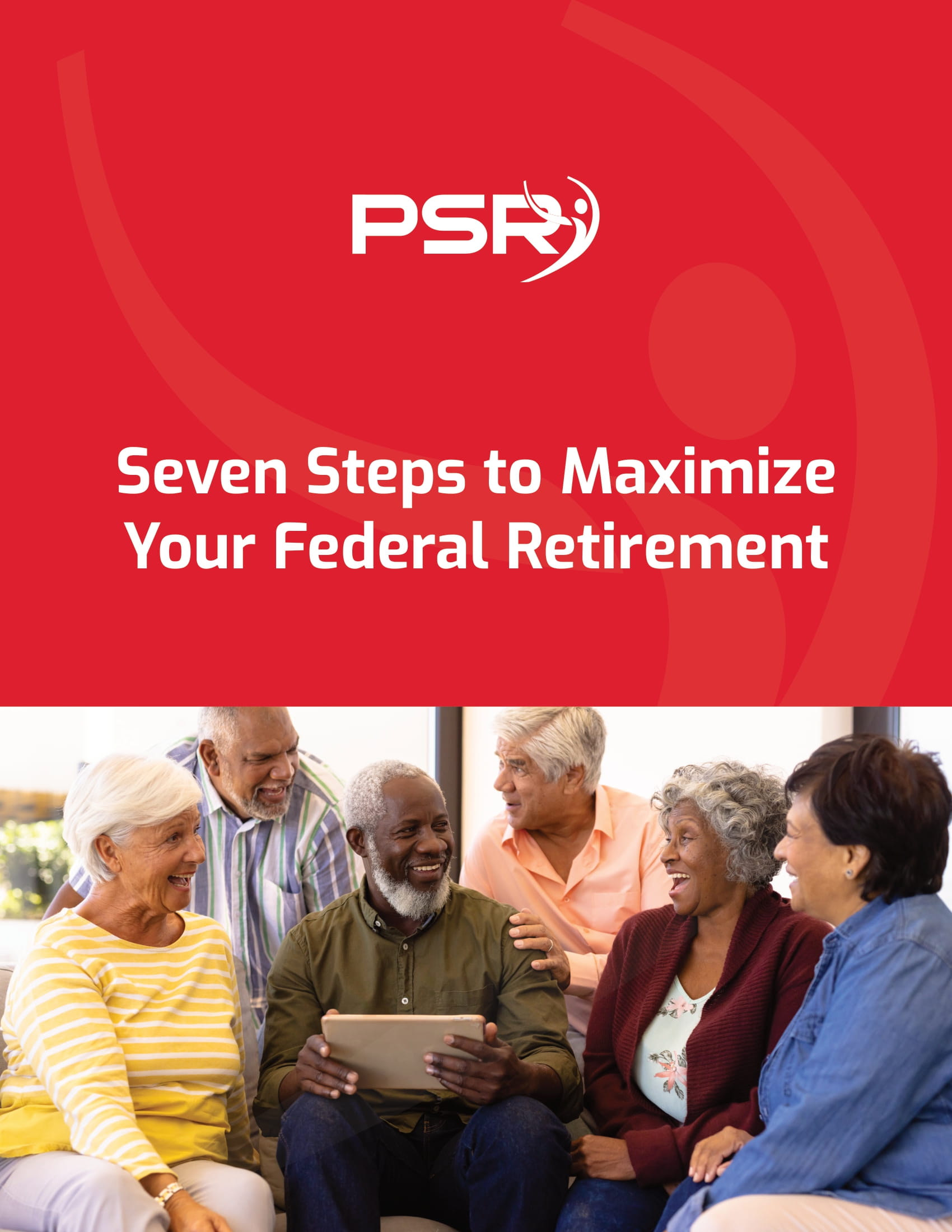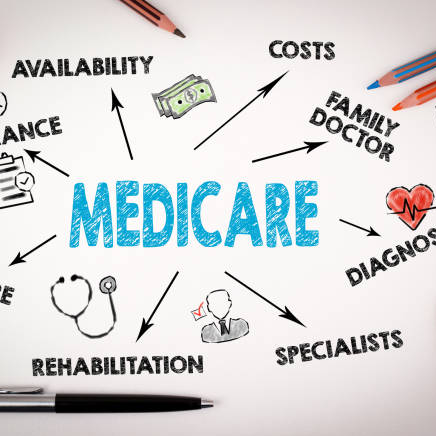If you were employed under the CSRS and served the government for at least five years before leaving, returning after a hiatus of more than a year, and doing so after December 31, 1983, you were given an option. The CSRS and Social Security, or the FERS, could provide coverage for you. If you selected option two, you were protected by a brand-new job classification known as CSRS Offset.
Those employed between 1984 and 1986 who had at least five years of service at the time of the official start of FERS on January 1, 1987, are also eligible for the CSRS Offset (the others were put under FERS).
- Also Read: Blending Private and Public Sector Retirement Plans Is Complicated—Here’s Where Couples Get It Wrong
- Also Read: The Silent Shift in Postal Service Retirement Benefits That Could Change Everything by 2026
- Also Read: The Side of Civilian Military Employment Benefits Nobody Mentions Until After You Retire
Your retirement annuity as a CSRS Offset employee will be determined in the same manner as it is for all CSRS employees:
The sum of .015% x your “high-3” average wage x 5 years of service plus. 0175% x your “high-3” average salary x 5 years of service, and .025% x your “high-3” x all additional years and months of service.
Your predicted retirement annuity will be the total of those three calculations. That estimate will be more precise as you draw closer to retirement.
You will receive a pure CSRS annuity if you retire before age 62. Your annuity will be deducted depending on the same amount of Social Security benefits you received while working as a CSRS Offset employee when you reach the age of 62 and become eligible for them. The offset will still happen automatically whether you apply for a Social Security benefit.
When you are around 62 years old, OPM will request an entitlement decision from the SSA. Two benefit computations – one including all Social Security-covered earnings and the other, excluding earnings related to CSRS Offset service – will be sent by the SSA to OPM. (The offset calculation will be performed if you retire at or after age 62.)
Your gross CSRS annuity will need to be reduced, and OPM will figure this out. According to the law, the lesser of the following two options applies:
1. The difference between your Social Security monthly benefit amount with and without CSRS-Offset service; or
2. The product of your monthly Social Security benefit amount and federal earnings is your total CSRS Offset service, rounded to the closest whole number of years, divided by a fraction, with 40 as the denominator.
The latter computation above appears as a formula as follows:
Social Security Benefit x Offset Service Years in Total / 40
Ensure you file for Social Security benefits a few months before turning 62 if you intend to retire before that age. This will give SSA enough time to handle your case and prevent delays in the full benefits package you are entitled to. If you don’t do that right away, your CSRS annuity will still be reduced; however, you will eventually receive a retroactive payment for the full Social Security benefits you are eligible for.
CSRS Offset and Social security
Employees who have CSRS Offset are eligible for retirement payments under both the CSRS and Social Security programs. These advantages are combined to give employees the same compensation for their government services as CSRS might have provided exclusively. The primary distinction is that funding will come from the Social Security Administration and OPM, two distinct organizations.
The employee’s annuity will be determined during retirement in a manner identical to that of ordinary CSRS employees. People who retire before turning 62 receive a pure CSRS annuity. Suppose they reach the age of 62 and become eligible for Social Security benefits. In that case, OPM will reduce or offset their CSRS benefit by the same amount as the Social Security they would have earned as a CSRS Offset employee. The changes will be made when you retire at or after age 62 and become eligible for Social Security benefits.
Contact Information:
Email: [email protected]
Phone: 9568933225
Bio:
Rick Viader is a Federal Retirement Consultant that uses proven strategies to help federal employees achieve their financial goals and make sure they receive all the benefits they worked so hard to achieve.
In helping federal employees, Rick has seen the need to offer retirement plan coaching where Human Resources departments either could not or were not able to assist. For almost 14 years, Rick has specialized in using federal government benefits and retirement systems to maximize retirement incomes.
His goals are to guide federal employees to achieve their financial goals while maximizing their retirement incomes.













